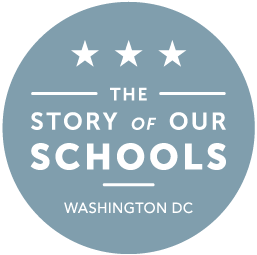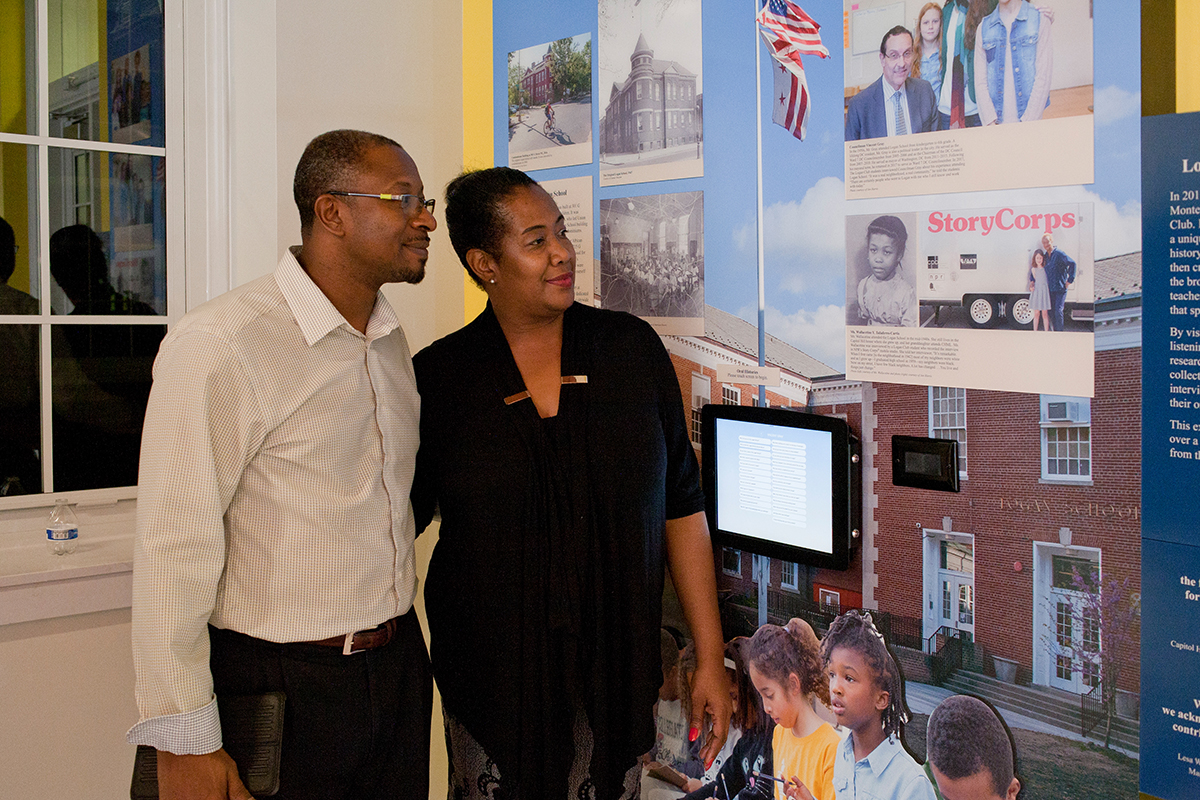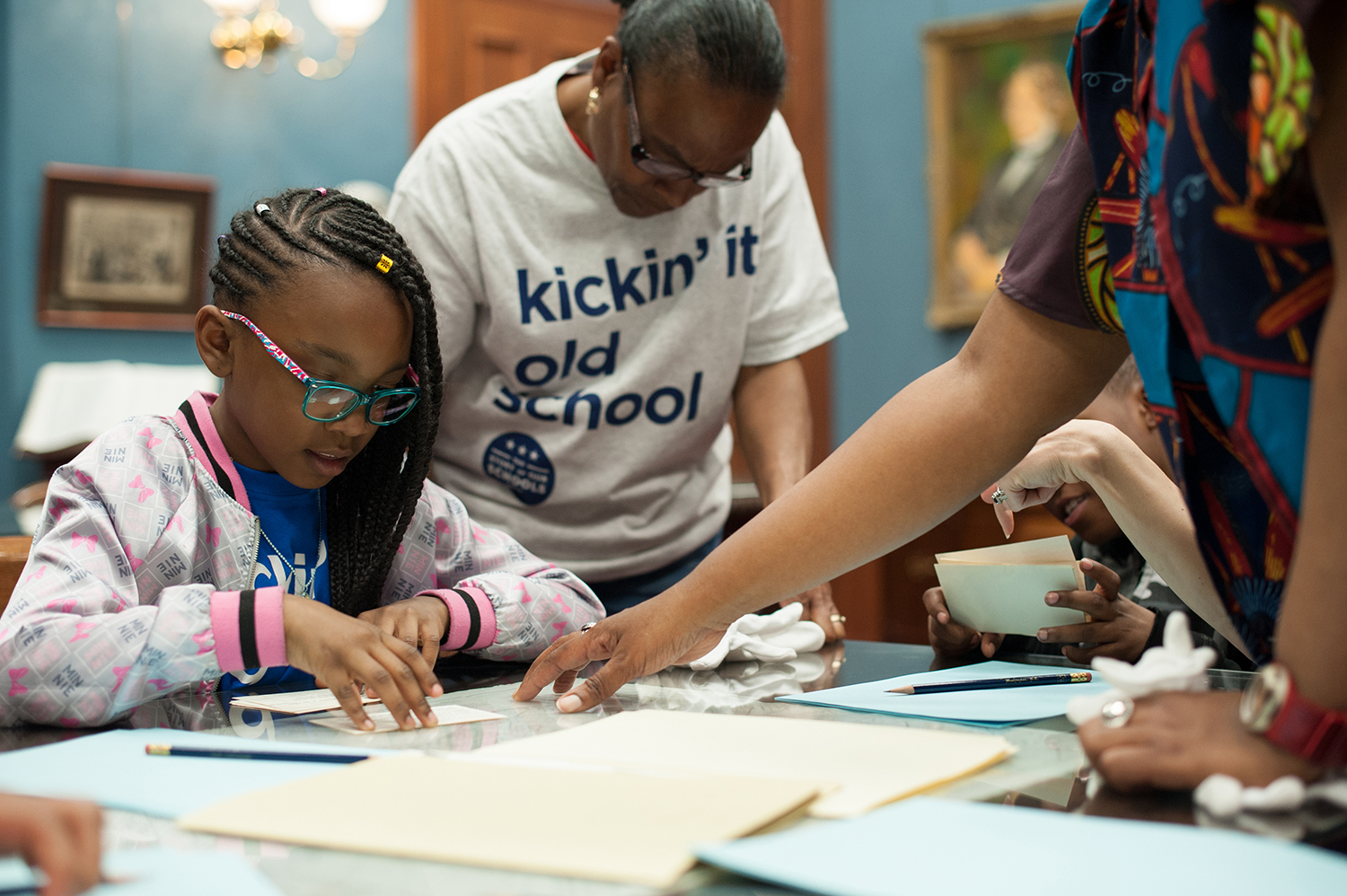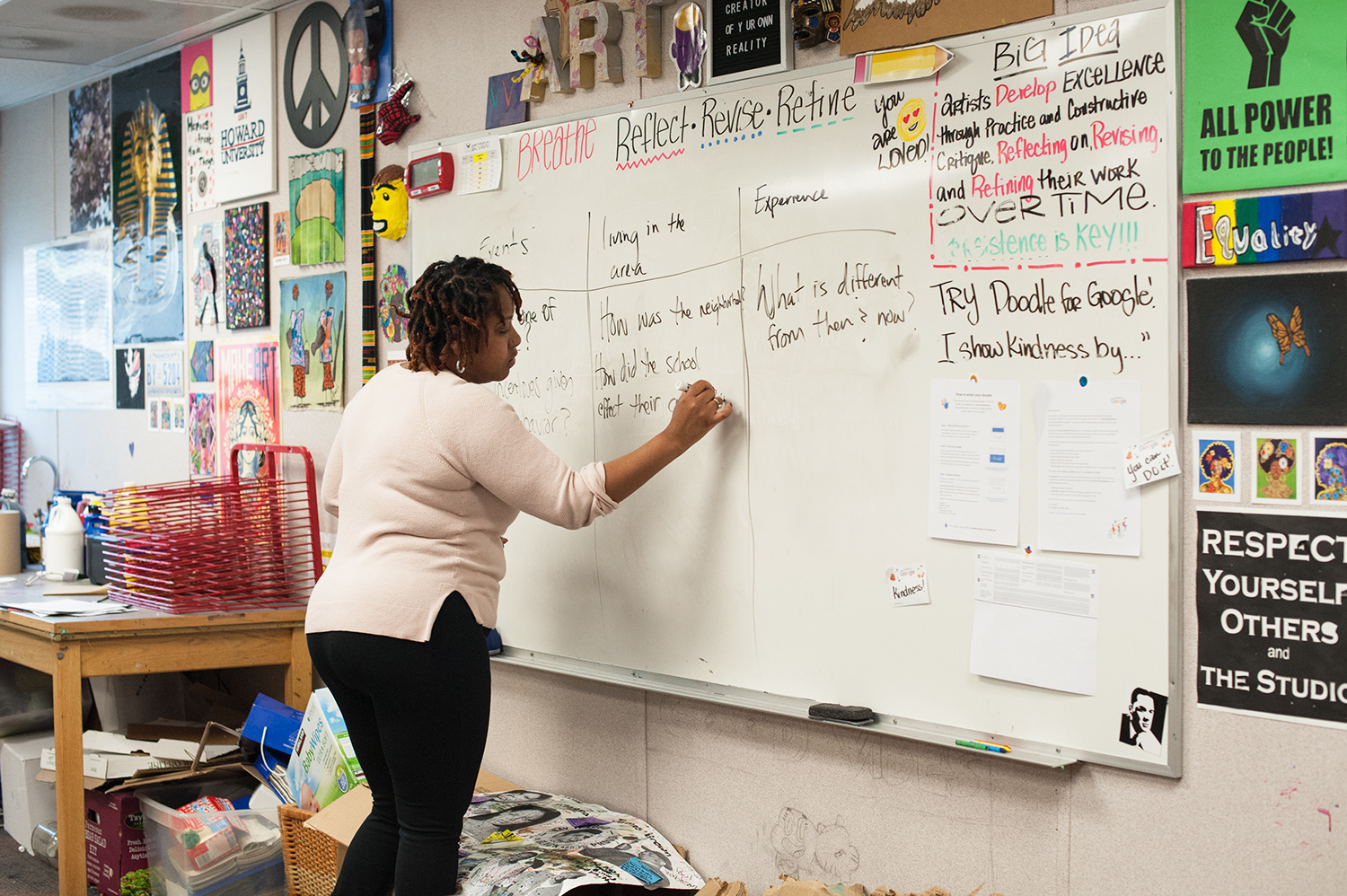We work in partnership with schools to create and implement programs that work for each community–no two programs are alike because no two schools are alike.
Schools decide when to run the program, during or after school, and select a partner teacher to lead students. Our partner teachers, guided by a standards-aligned curriculum that we create specifically for each school, lead students through the research process to uncover the story of their school. Students learn primary research techniques, experience historical collections at local archives and museums, handle old photographs and news articles, collect oral histories from long-time community members, hear from expert speakers, and much more!




